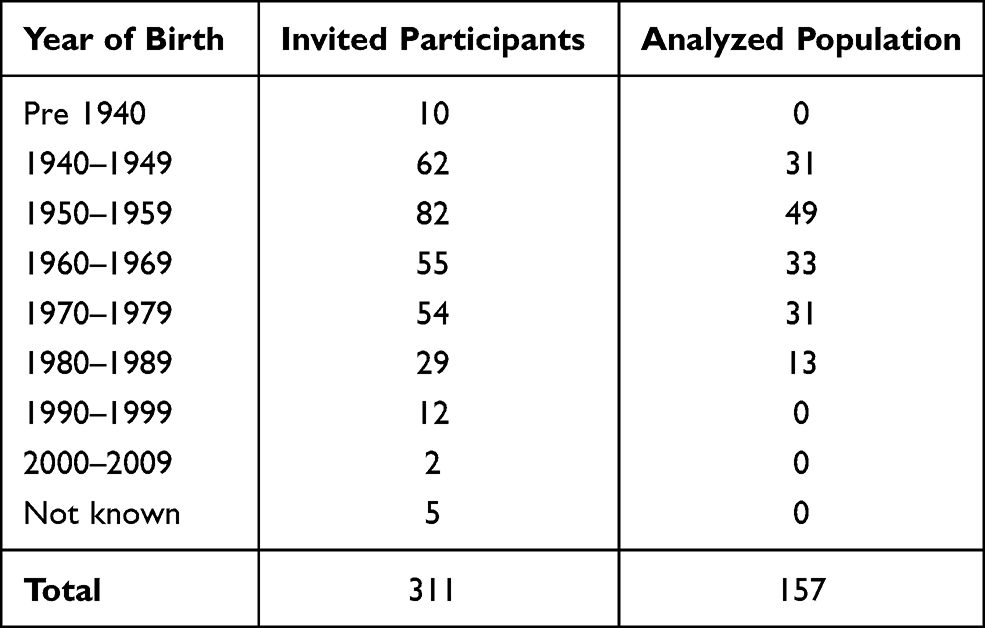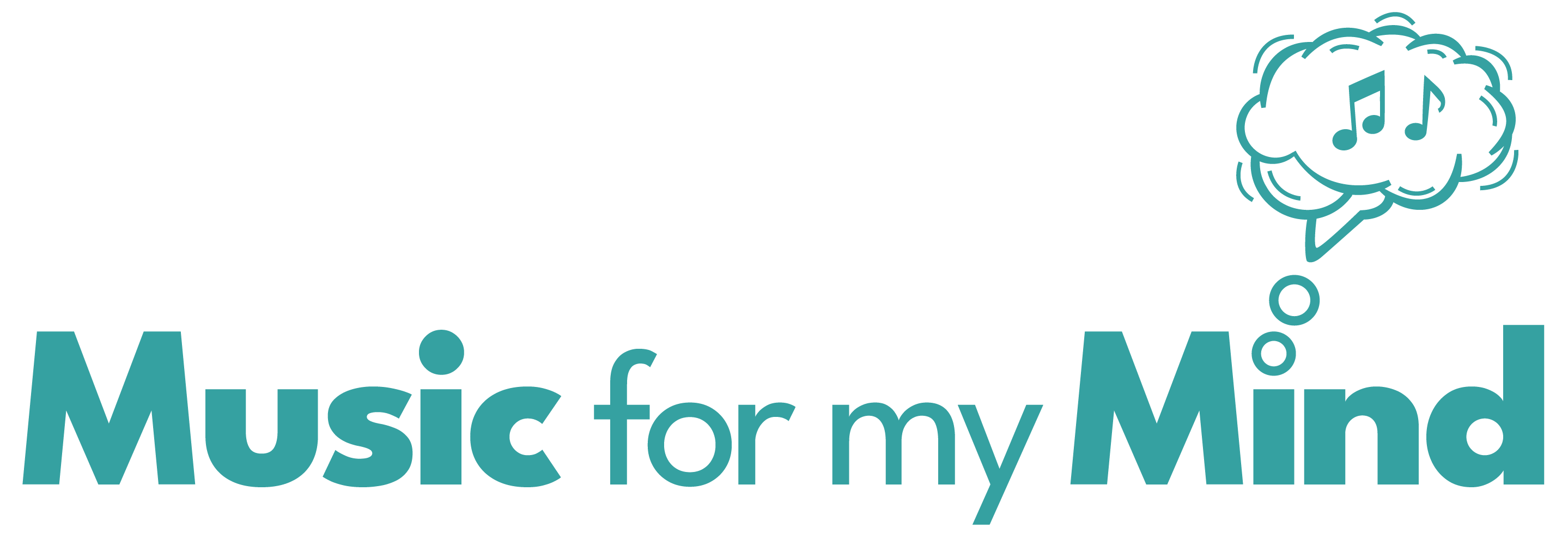
A Focus on the Reminiscence Bump - Analysis.
As part of Music for my Mind’s aim to raise awareness about musical therapy in dementia care, and our new Playlist Creation Tool designed to make waves in that field, we have decided to put out a series of blog posts to explain a bit about one element of the research we have been doing over the last year, “A Focus on the Reminiscence Bump to Personalise Music Playlists for Dementia” published by The Journal of Multidisciplinary Healthcare.
So far we had our survey of 71 questions, presenting 10 songs from each year 1945-2015 inclusive, and a good reasoning as to why we had done it in that way. Now, Chirag and I needed participants. This is where Dimana, the project assistant of the charity, stepped in to lend a hand.
The survey went out to everyone who had ever contacted the charity, as well as friends, family, relations near and far, and in the end we had over 300 responses to work with. Despite our cuts to the number of songs, this was still an arduous survey to do, so that many respondents going so carefully through each year and each song was truly phenomenal, and a testament to the number of people concerned with music and dementia care.

But far from resting on our laurels, the job Keith had set us had really barely begun. We had to go through each response, tabulate, graph and analyse, and try most of all to pull one magical number out of the air: the age at which you can remember the most of what happens around you, especially popular music.
Luckily, we had two trump cards which would make our lives significantly easier. One was Professor Andrew Nunn, of the Clinical Trials Unit of the MRC at UCL, whom Keith had parachuted in to help us. He has had countless papers published and knew exactly what to do and was a fantastic guiding hand through the whole process. Secondly, we had finally got to grips with that peculiar phrase I teasingly mentioned earlier: “The Reminiscence Bump”.
The Reminiscence Bump, explained simply, is the period of time in your life during which you lay down the most memories. There are a number of explanations for this phenomenon, from hormonal changes to significant societal moments to very complicated things to do with brain stems, but essentially between the ages of roughly 15 and 25 you just remember more. But the problem with this is that word “roughly”. Absolutely nobody agreed when it was exactly, and no one could provide that magic number we so desired and which we needed to sure up the care program. This was why we did the research in the first place, to fill in the gap in the literature, but still it was good to have a rough guide as to when and where we should be looking.
So while I put in the screen time researching for the introduction, Chirag heroically put in the hard work analysing the numbers and making sense of it all. And, after more drafts that we would like to admit to, we finally had something which made sense, and was rather good at that. Now all we had to do was get it published…
In the next blog post we will explore the path to publication and how the findings of this study fit in with other areas of Music for my Mind’s work.
Photo by Chris Liverani on Unsplash.






